Peruvian Textiles: The Production Story of the País Textil Clutch
Posted on 09 November 2017
History and Craft of Peruvian Textiles
Peruvian Textiles has played an important role in the Peruvian society since 3000 BC. Textile arts are labour intensive, consume a vast amount of materials and require extraordinary skill. A single piece of product sometimes takes up to 9 miles of different coloured fibres. Experts say that the ancient Peruvian textiles are probably one of the most sophisticated crafts as one piece often incorporates several techniques. These complex Peruvian fabrics are made on primitive backstrap looms, which are usually attached to a tree, or on the basic frame loom. The weavers have a very modest basket with implements such as picks and bobbins wound with cotton thread. Textile techniques range from embroidery to tapestry weaving.
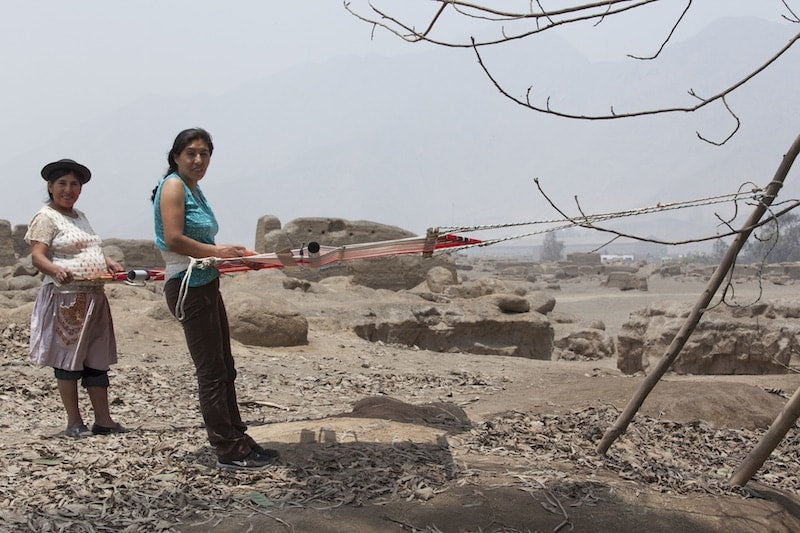

It is interesting to know that in ancient times, textiles were valued more than gold or silver, and signified the wearer's high social status and political power. Peruvian weavers use five different fibres for their craft: Pima cotton, and hair from four different animals, vicuna, alpaca, llama, and guanaco. The Spanish introduced wool from sheep into the weaving craft in the 1500s. It is interesting to see these techniques exist in today's modern designs as well.
The Pais Textil Clutch, an artisanal and ethical product made with fair trade methods in Peru is one such example of craft preservation.
Design and Production Process of the País Textil Clutches
1. Purchase of Industrial Thread in the Local Factory
The threads used for weaving is a locally sourced yarn fibre made into threads. This is also to keep in mind the sustainable factor further giving trade to artisans who are local and also reduces costs and transportation.
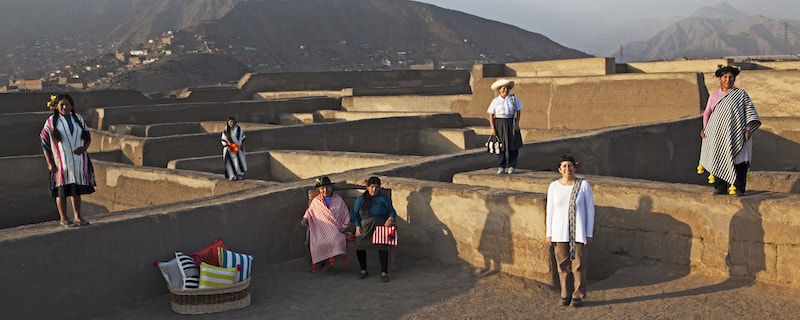
2. Thread Warping
Thread warping involves a tool that is part of a process of technological innovation. This is used as an alternative to the use of traditional ground cuttings. The warp is a manual process and involves up to 2-3 people per loom.
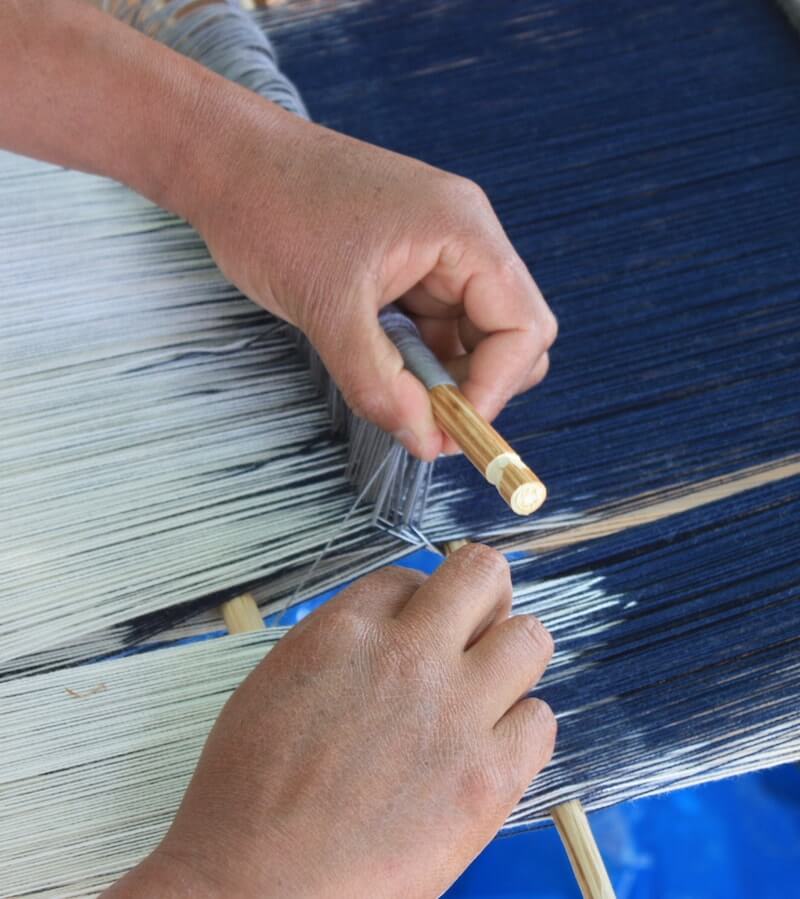
3. Assembly of the Loom
Threads are warped to the measurement and design of what is meant to be woven to the wood tablets that confirm the backstrap loom. This process is skilful and time taking.

4. Illaguado
This process involves the preparation of the thread by separating it in two beds to start weaving the fabric on the loom.
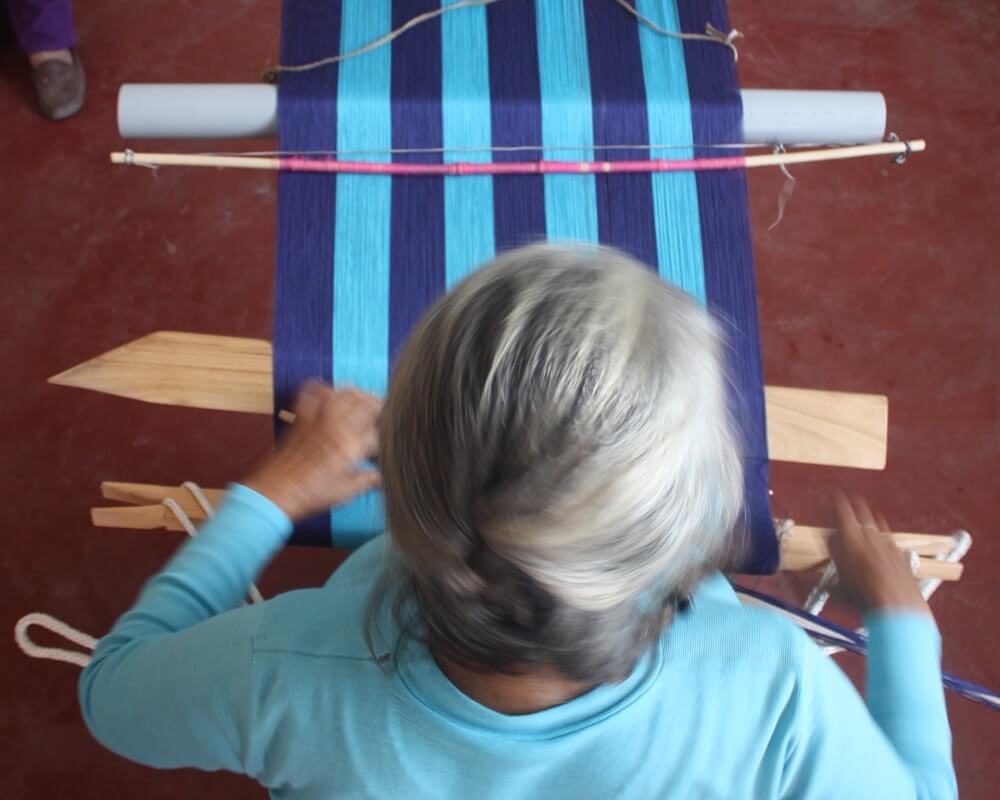
5. The Weave of the Fabric
The fabric is then woven and fringes are hand tied. After this, the fabric is made into a bag or a clutch using a sewing machine.
6. Finishes
Fringe trimming, labelling and packaging are the final steps of the process before the product is ready after a quality check. The result is a precious handmade fashion accessory that is ready to be sold at boutiques like ABURY! :)
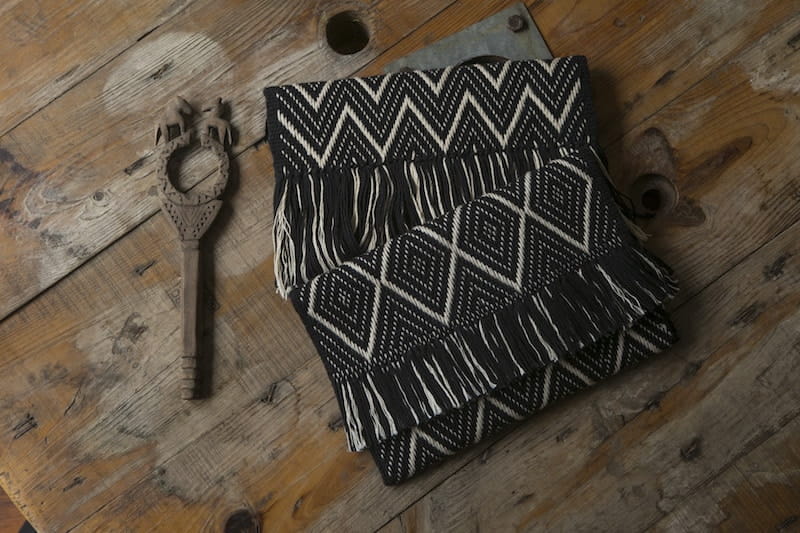
© All photos via País Textil
Author: Sayali Goyal


0 comments